Exploring String Inverters vs. Microinverters: Choosing the Right Solar Inverter for Your System

When considering a solar energy system, one important decision is selecting the type of inverter technology that best suits your needs. In this blog post, we will explore the differences between solar string inverter systems and microinverters, explaining the benefits and considerations for each option. Whether you opt for a traditional string inverter system or the advanced technology of microinverters, Lightning Solar, a reputable solar provider, can guide you in choosing and installing the right system for your home. Let’s delve into the details.
Solar String Inverters
String inverter systems have been the conventional choice for solar installations. With this setup, multiple solar panels are connected in a series, forming a string. The string inverter converts the DC electricity generated by the panels into usable AC electricity for your home. Key points to consider are:
- Cost-Effectiveness: String inverters are generally more affordable than microinverters due to their simpler design and installation requirements.
- Efficiency and Performance: While string inverters operate as a unit, shading or panel performance issues can affect the overall system output. If a single panel underperforms, the entire string’s performance is compromised.
- Monitoring: Traditional string inverter systems typically offer monitoring capabilities at the string level, providing insights into the overall system performance.
Solar Microinverters
Microinverters are a newer technology gaining popularity for their unique advantages. In this system, each solar panel has its own microinverter attached, converting DC electricity into AC electricity at the panel level. Consider the following points regarding microinverters:
- Panel-Level Optimization: Microinverters allow each solar panel to operate independently, maximizing energy production. Shading or underperformance of one panel does not impact the output of other panels, resulting in higher overall energy yield.
- Monitoring: Microinverters offer advanced monitoring capabilities at the panel level. Real-time data allows homeowners and installers to identify and address issues promptly, ensuring optimal system performance.
- Flexibility: Microinverter systems provide flexibility for system expansion or modifications in the future, as each panel operates independently.
Conclusion
Selecting the right inverter technology for your solar system is crucial. Traditional string inverter systems offer cost-effectiveness but may be more susceptible to decreased performance due to shading or underperforming panels. On the other hand, microinverters provide panel-level optimization, advanced monitoring, and system flexibility, but at a higher initial cost. In either case, Lightning Solar, a trusted solar provider, can guide you in making the right choice and install the ideal system for your home. Their expertise in both string inverters and microinverters ensures that your solar system maximizes energy production, offers long-term savings, and contributes to a sustainable future.
Disclaimer: The information provided in this blog post serves as a general guide. Consult with a professional solar energy provider, such as Lightning Solar, to assess your specific needs and determine the most suitable inverter technology for your home.
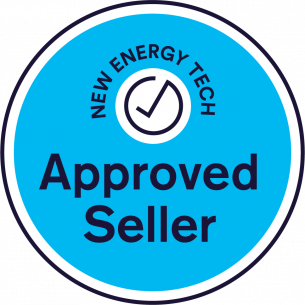
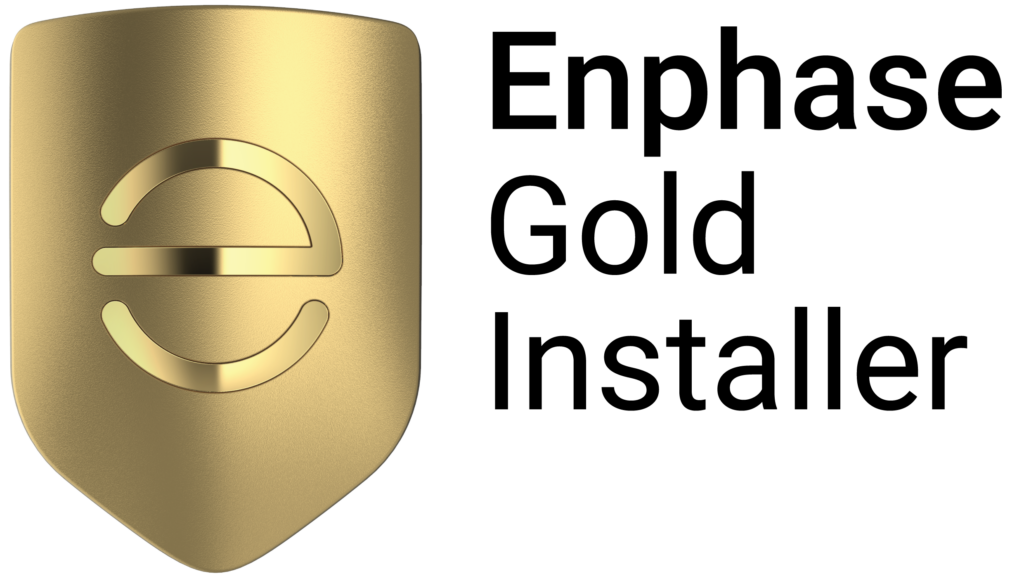
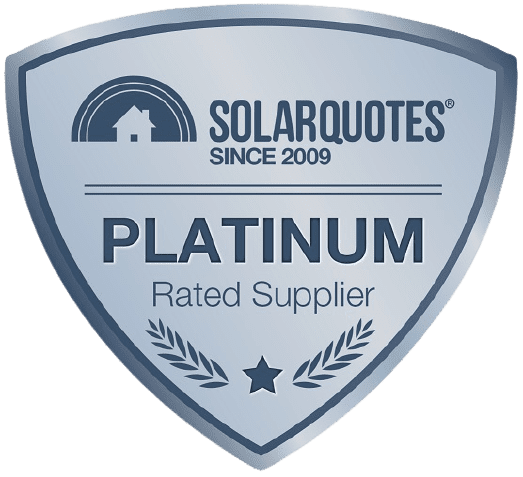
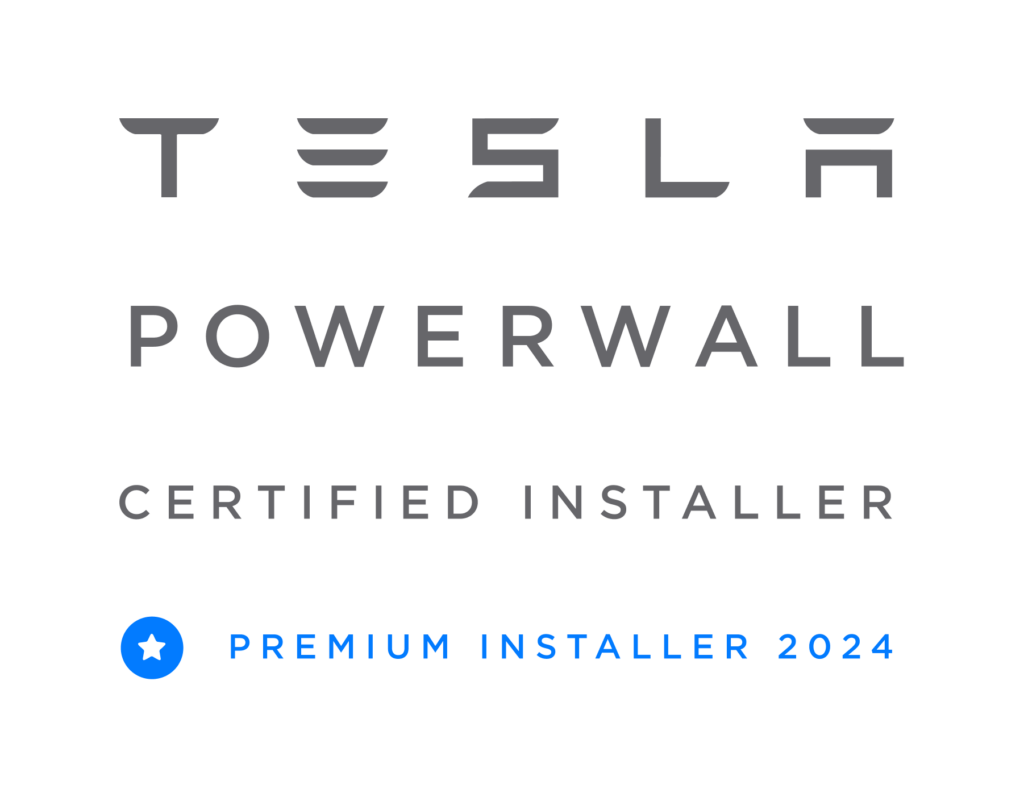
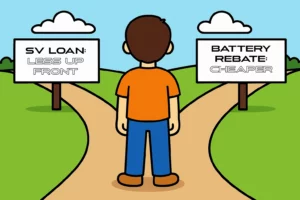
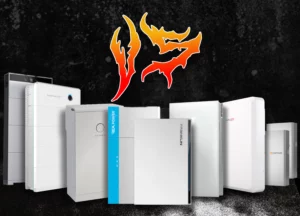
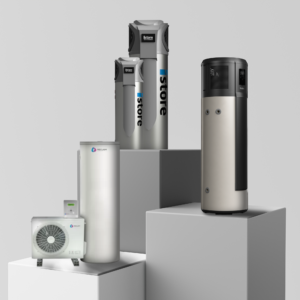
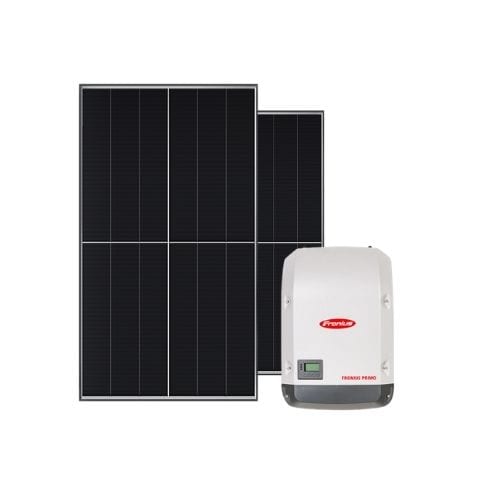
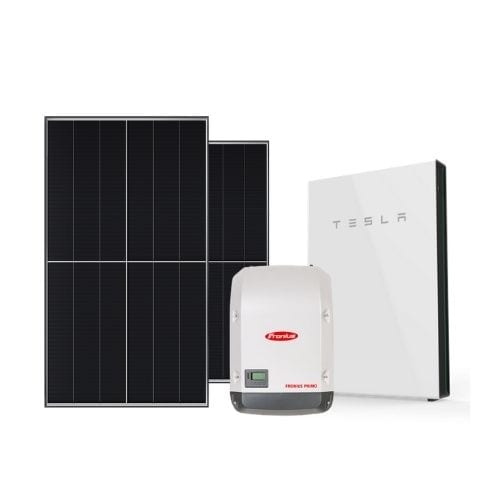
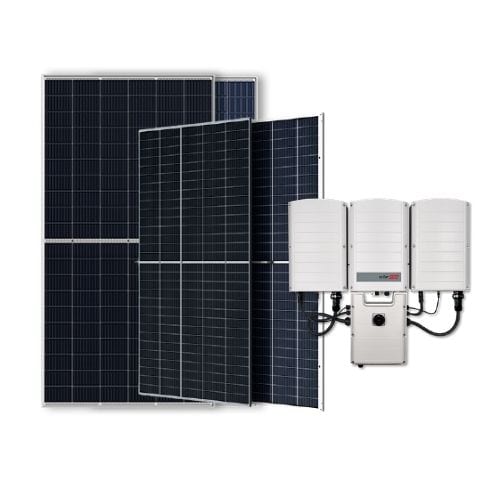
2 thoughts on “Exploring String Inverters vs. Microinverters”
Hi Luke, i understand some inverters present a security risk because theyre internet connected. is it string or micro inverters that they hook up to the internet?
Hey Bryce, All inverters are connected to the internet but we are yet to see any security breaches in relation to solar inverters.